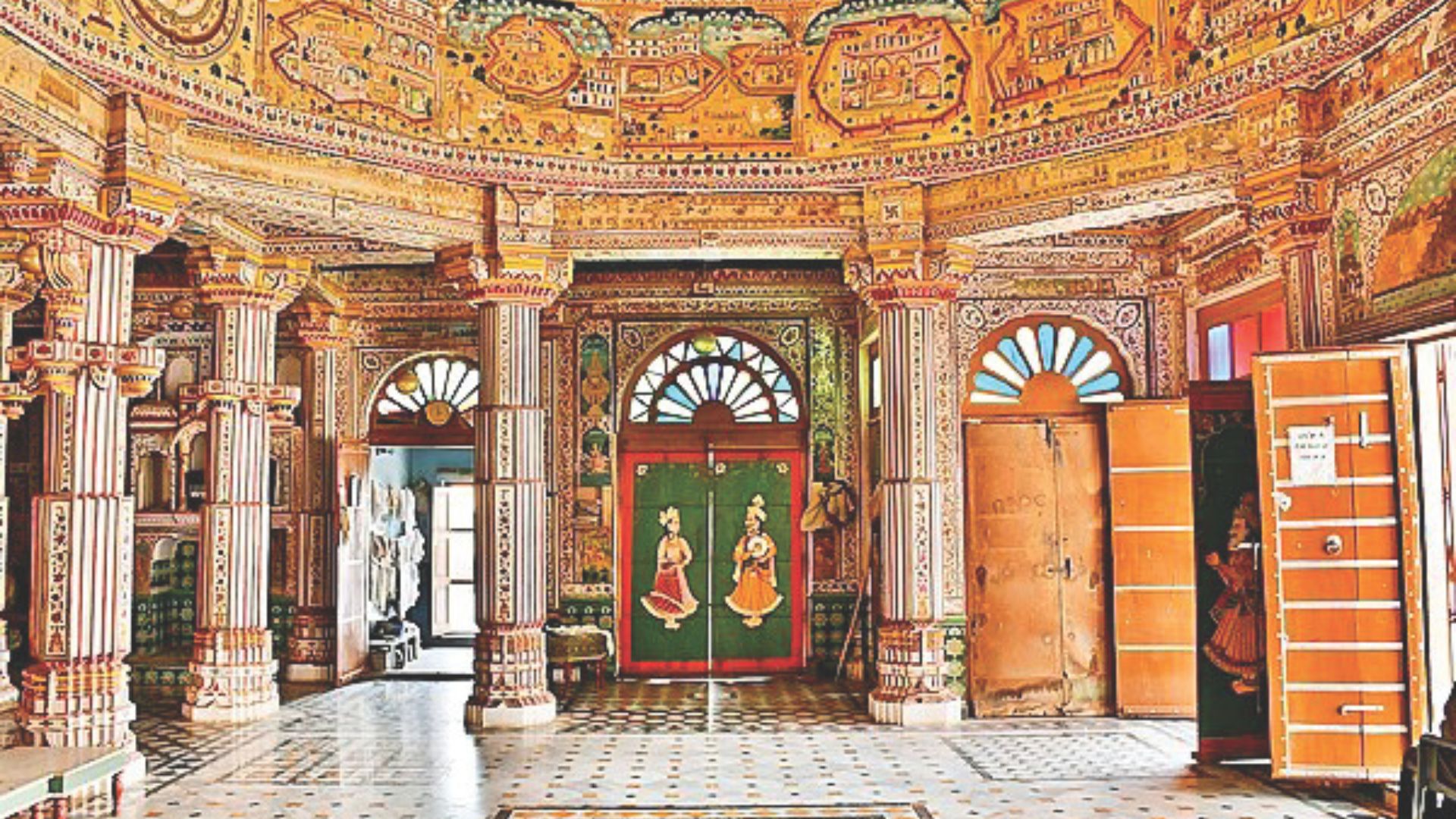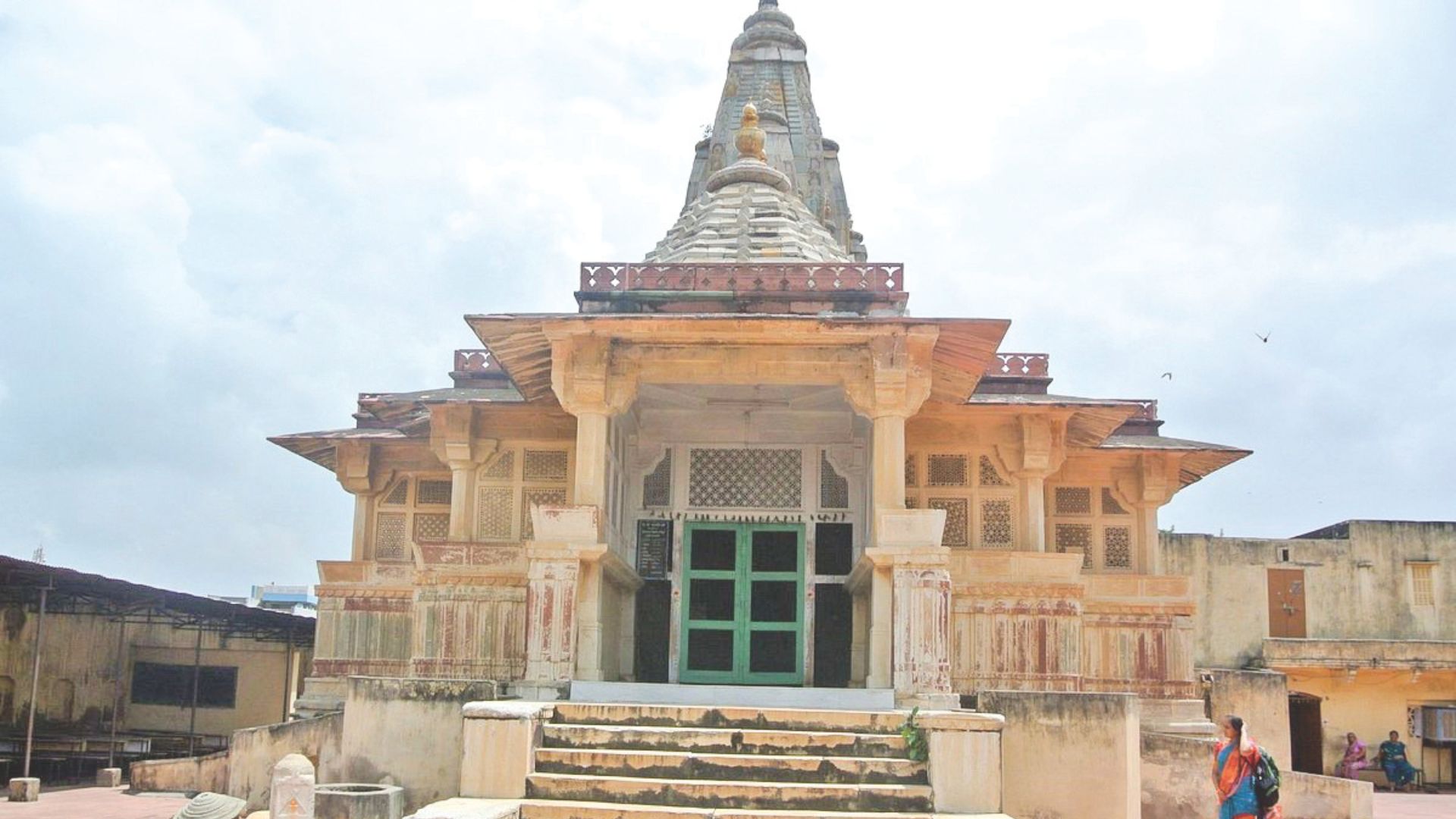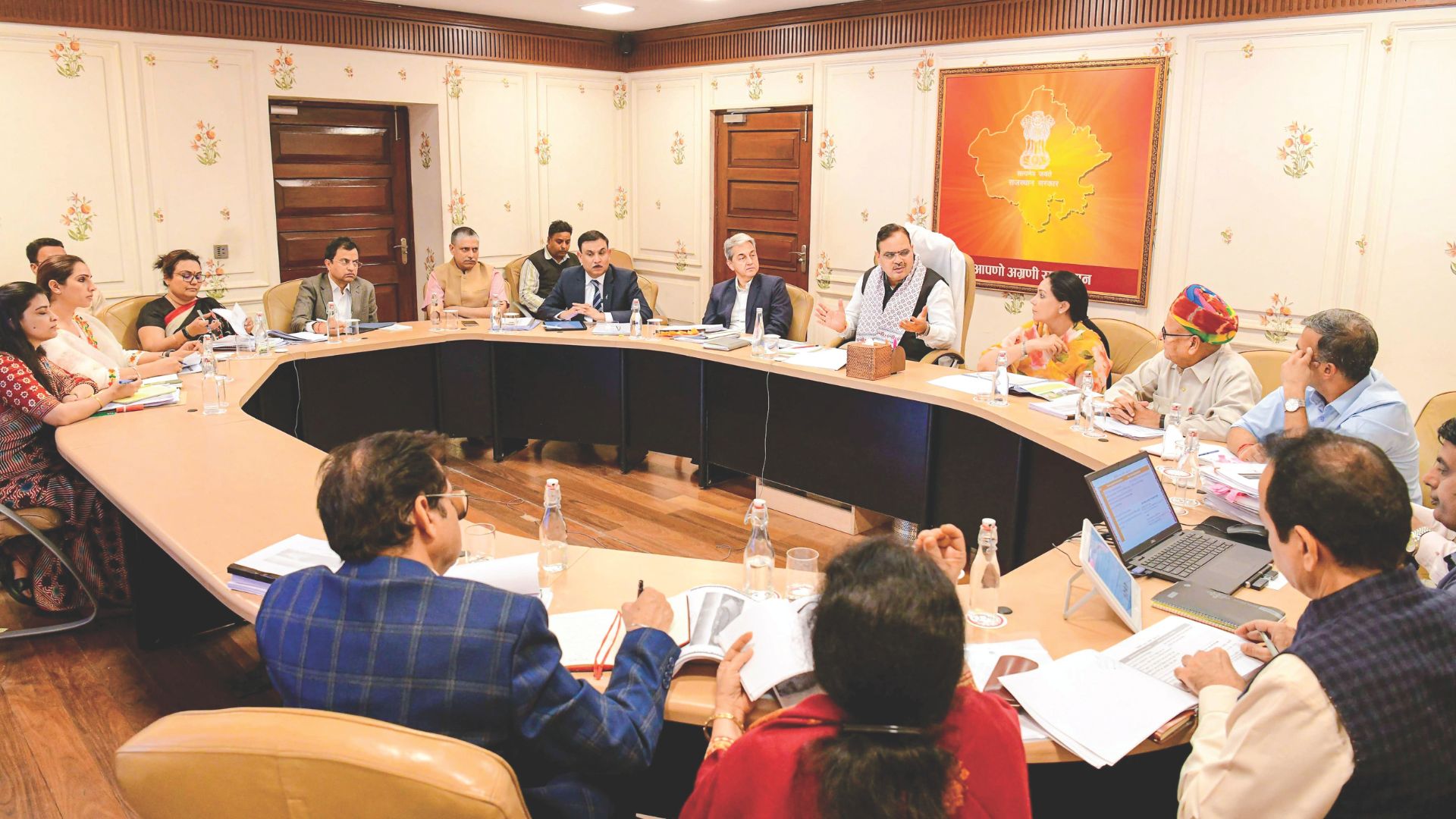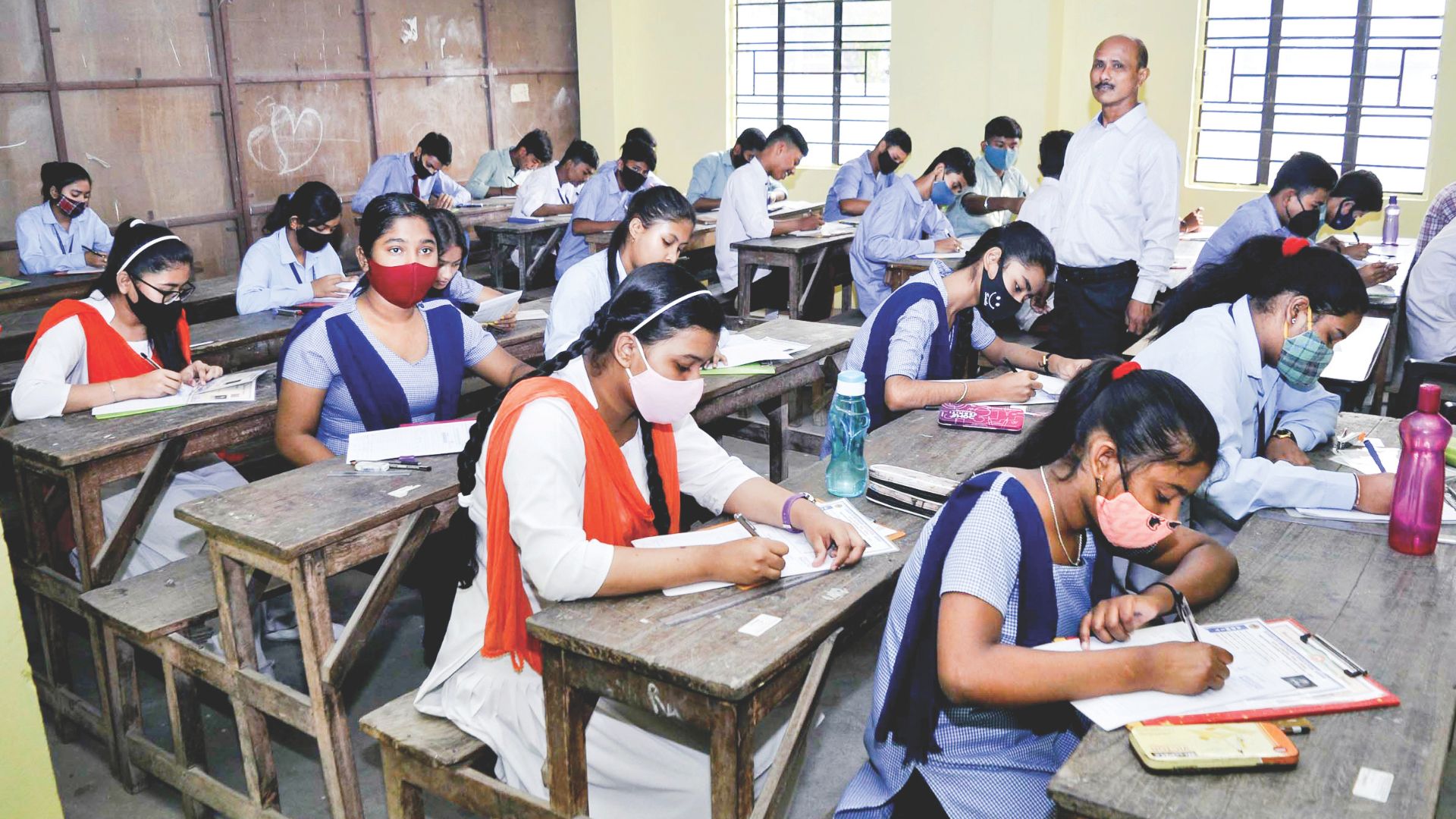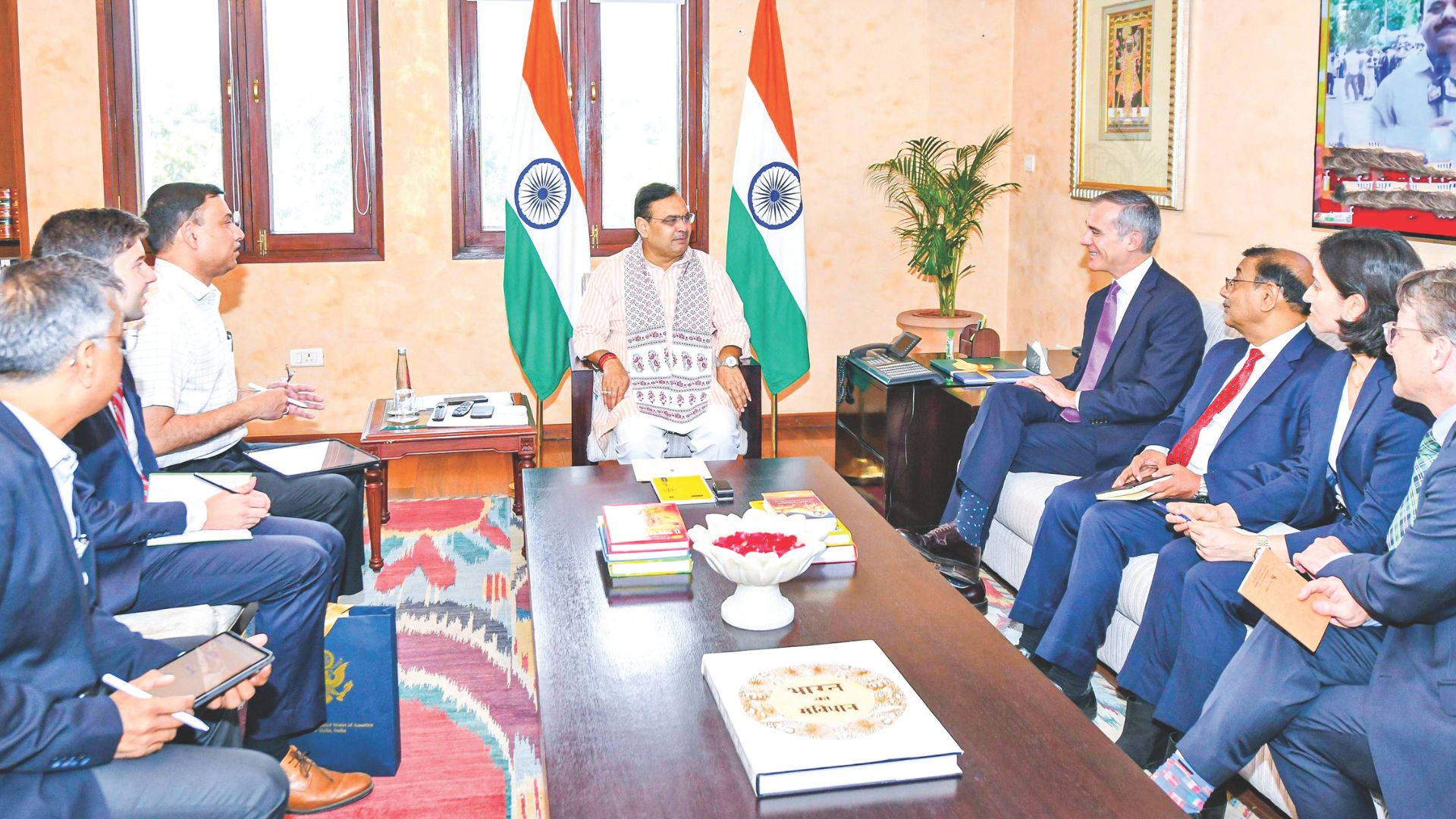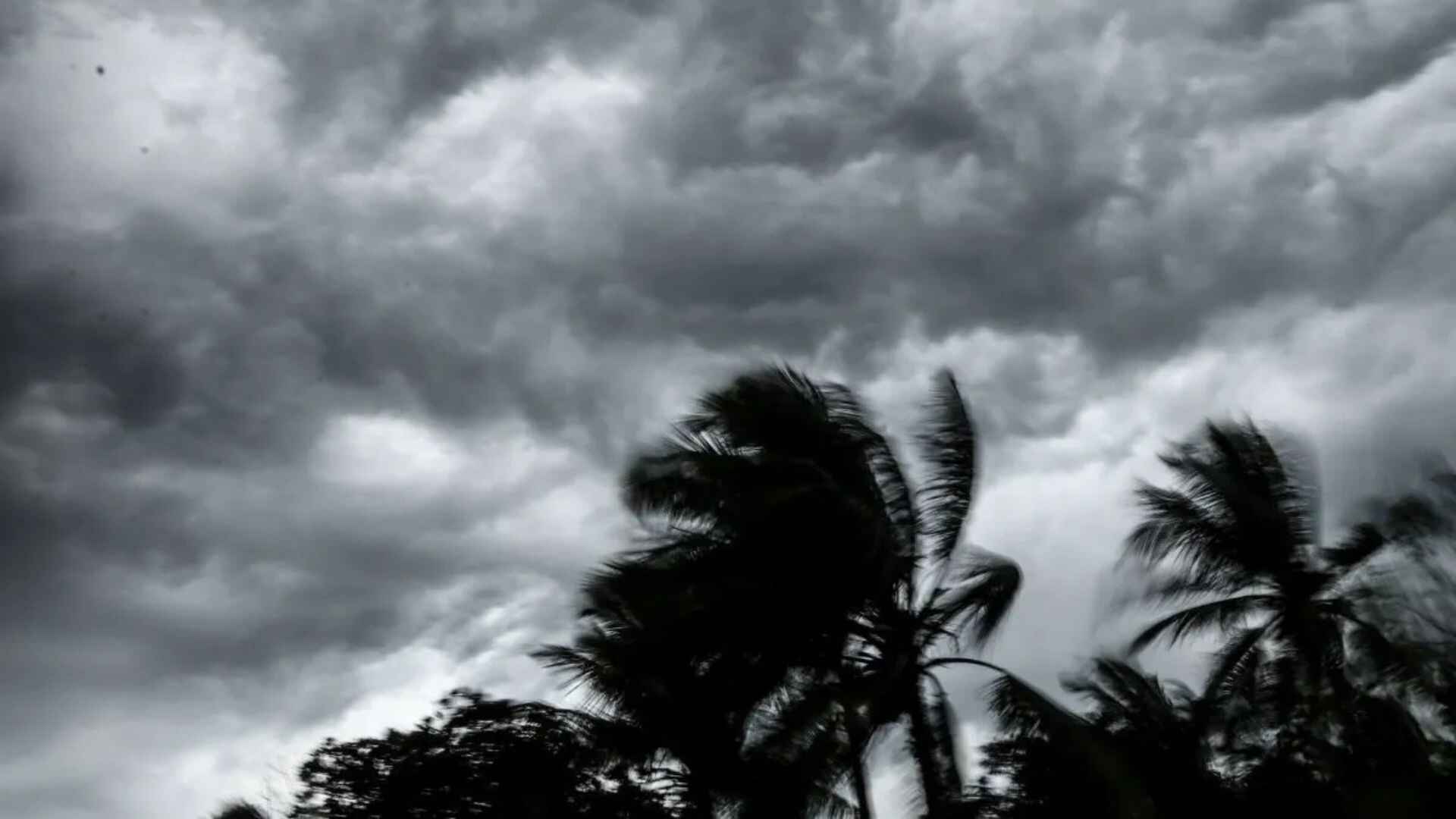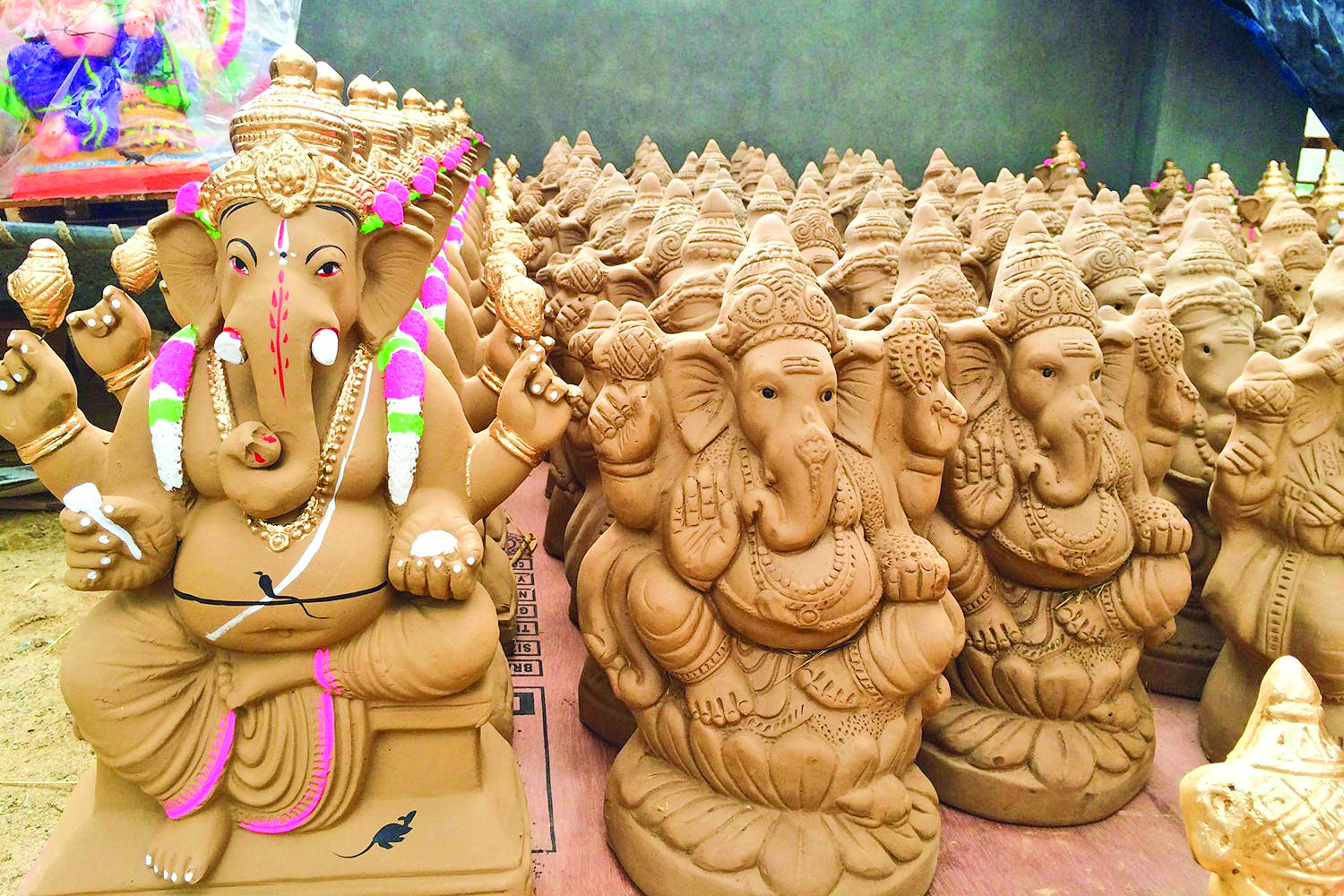
As the monsoon departs, the festive season begins across the country. After celebrating Raksha Bandhan and Janmashtami, the nation is now ready to celebrate the ten-day festival of Lord Ganesha, the first deity to be worshipped. Bappa is coming to celebrate with us. The festivities will start on September 7th, with Ganesh Chaturthi, as homes, colonies, societies, and public places prepare to decorate Ganesh pandals. After worshipping Ganpati for ten days, we will bid him farewell on Anant Chaturdashi, on September 17th, with the hope of his return next year. Traditionally, Ganesh idols have been immersed in rivers, lakes, and reservoirs across the country, a practice that continues with great enthusiasm. Markets are filled with Ganesh idols of various sizes, mostly made from Plaster of Paris (POP). However, POP idols are not only time-consuming and expensive to make, but they also do not dissolve in water, posing a significant threat to our water bodies.
In Kota district, our organization, ‘Hum Log,’ is spearheading a campaign to immerse only clay Ganesh idols on Anant Chaturdashi. As part of this initiative, we are organizing workshops in government and private schools in cities and villages. So far, our organization has taught thousands of children how to make clay Ganesh idols. We are also holding competitions for making clay Ganesh idols, where the first, second, and third-place winners receive prizes. Led by our coordinator, eye specialist Dr. Sudhir Gupta, and his colleagues, we visit 4-5 schools daily to teach students how to make clay Ganesh idols. To inspire interest among students, we participate in children’s assemblies and conduct workshops where they practice making clay idols. We also hold general knowledge competitions for the students, with every participant receiving a prize in addition to the three main awards. Dr. Gupta notes that the message of making clay Ganesh idols is reaching homes through the children. When children tell their families about the benefits of clay idols, they are more likely to choose clay over POP. We have already started distributing around 1,000 clay Ganesh idols made by the children to the public. In Rajasthan, many districts, like Baran, have banned the immersion of POP idols. Environmentalist Raju Gupta suggests that artificial ponds can be created at designated locations to prevent water contamination during idol immersion.
Our team members, including Suman Mathasinhla, Advocate Beta Swami, Saurabh, Ravindra Singh Tomar, and Jai Laxwani, are raising awareness daily among students, parents, and teachers about the harmful effects of POP idols. We are hopeful that our efforts will yield positive results. They emphasize that while Lord Ganpati is revered by all, we should celebrate Ganesh Utsav with great enthusiasm but also take care not to pollute our water bodies. This campaign has the potential to bring about significant social change.
POP Idols Do Not Dissolve in Water, Pose a Threat to Aquatic Life, and Invite Diseases:
Experts
Subject matter expert Dr. Sudhir Gupta explains that when POP idols are immersed in water, they create turbidity, which prevents sunlight from reaching aquatic plants, disrupting photosynthesis and reducing oxygen levels. Aquatic organisms, responsible for keeping the water clean, may die due to oxygen deficiency. POP idols remain in the water for a long time and do not dissolve, increasing the Biological Oxygen Demand (BOD), which is dangerous for aquatic life. POP idols can also lead to cancer and mental health issues. With drinking water becoming increasingly scarce, only 6% of our natural water sources remain potable. If we continue to pollute these sources, the future could be dire.
Environmental expert Dr. Prahlad Dubey adds that POP idols take 7-8 days to dissolve after immersion, during which time the water turns milky and the increased turbidity adversely affects aquatic plants and animals. The inability of sunlight to penetrate the water means aquatic plants stop producing oxygen, and POP particles may reach the lungs of aquatic creatures, leading to their death. Additionally, the chemical colors used in these idols dissolve in water, introducing harmful elements like chromium, magnesium, and zinc into our drinking water, which can cause cancer, memory loss, and impaired decision-making. Awareness is the only way to prevent these hazards. We must stop the immersion of POP idols in rivers, lakes, and reservoirs by using boats to collect them.
